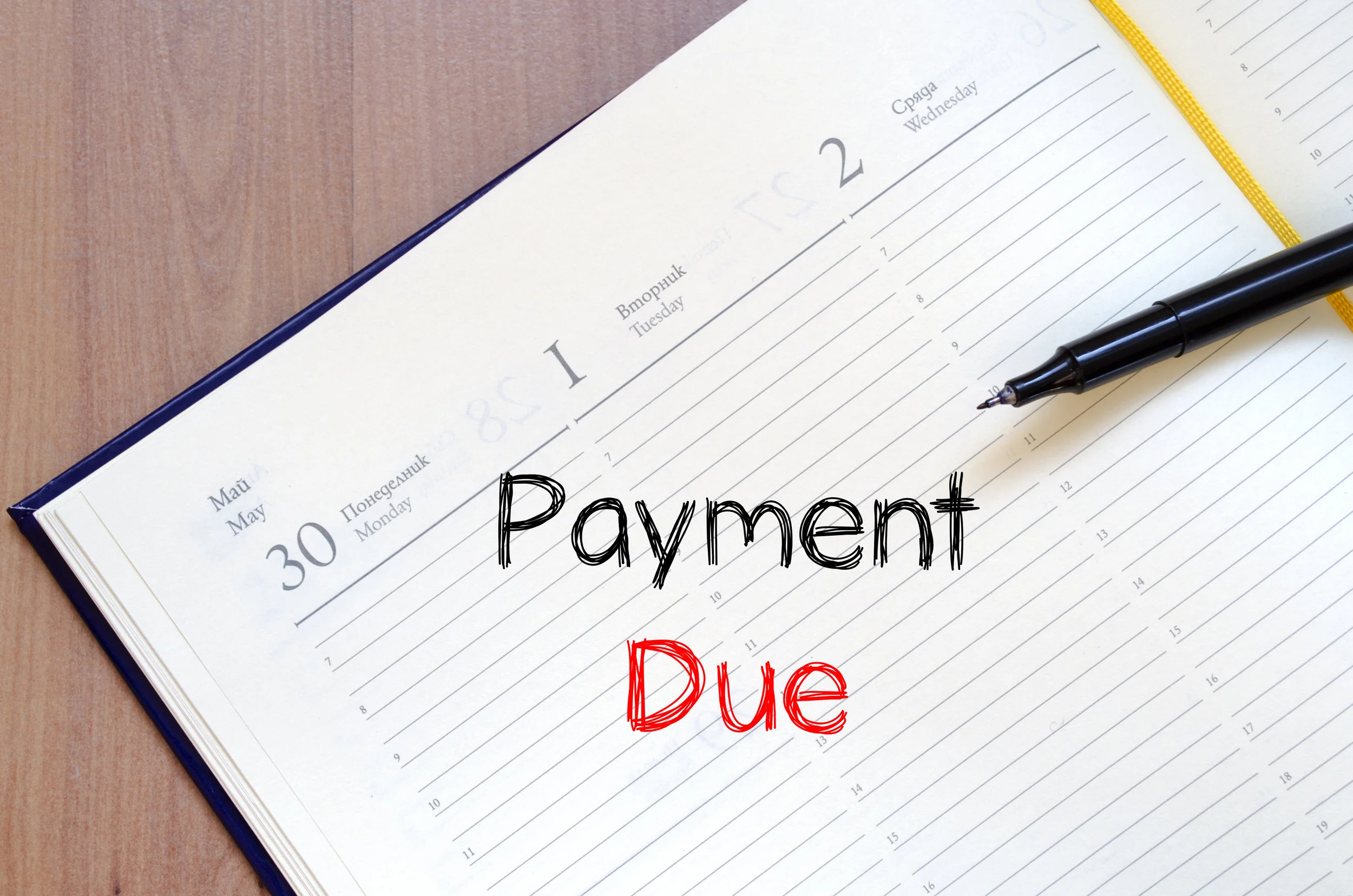How to ensure you get paid on time
A regular complaint we hear from our customers is they’re waiting on a delayed payment before they can make a big purchase like van racking. The fact is maintaining a positive cash flow is made harder by late payers - which is why we thought we’d share with you how we make sure we get paid on time.
Invoice promptly
The first step to getting paid on time is to invoice promptly. This may sound blindingly obvious, but all too often we’ve found that the trades are slow to invoice because they’re “behind on the paperwork.”
Invoicing promptly sends a clear message to your customers that you expect to be paid in a timely manner. It also makes it much easier to proactively manage slow payers and to spot the early warning signs of a problem. Delay sending out invoices and you’re sending the message, whether intended or not, that you don’t mind when you get paid.
Being polite really does matter. A simple “please pay your invoice within X working days” and “thank you for your business” can increase the percentage of invoices that are paid by more than 5%. Here’s a sample wording you can use on your invoices:
“Thank you; we really appreciate your business. Please send payment within 7 days of the date of this invoice.”
Establish a follow up procedure
The quicker you follow up on a missed payment, the better your chance of getting paid. Set up a system for flagging late payments and a standard procedure for contacting the customer or client when his or her payment is late.
Typically, such a procedure starts with a letter simply stating the bill is overdue and requesting the customer's immediate attention to the matter. It then moves through a series of collection letters expressing increasing concern. If there is no response to these letters, you are left with choosing between writing off the bill as a bad debt, asking a litigation solicitor to deal with the matter on your behalf or turning the account over to a collection agency.
Here’s what we recommend you do.
Step 1
Approximately one week after issuing the invoice and prior to the expected payment date, contact your customer by phone or email to confirm they’ve received your invoice and they have no issues with the service you provided.
Step 2
If no payment has been made by the day after payment is due, send a statement. A statement is simply a statement of the account, it’s not a request for payment. However if you do this from an accounting software like Xero, you’ll have an automatic record of having done so.
Step 3
At seven days overdue, send a reminder letter of email to your customer requesting payment. If you’re using an accounting software like Xero, you can set it up to send automatic reminders.
Step 4
At ten days overdue, bearing in mind the customer has been sent a statement and reminder letter, call the customer to query why the invoice hasn’t been paid. Make a note in your diary of any promise of payment.
Step 5
At fourteen days overdue, send a second stronger letter requesting payment and warning of late payment charges should the account not be settled within seven days.
Step 6
Call the customer regularly between day fifteen and day thirty to find out why payment has been delayed. If you are in the process of carrying out work for the customer, you will want to discuss stopping work due to non-payment.
Keep notes of any conversations with the customer, including voicemail messages left. This will help you further down the line should a promised payment not arrive, as you’ll have a record of broken promises.
Step 7
If after thirty days payment has still not been received, you’ll have to weigh up carefully the risks involved in continuing to pay for services that are as yet unpaid. Halting the supply of services may feel awkward if you’ve built up a strong personal relationship with a customer. But this is business and has to be treated as such.
Step 8
At thirty days, bearing in mind the multiple efforts you’ve made to secure payment, send the customer a final notice, together with late payment costs and interest charges, and ask for payment within seventy-two hours.
If payment still isn’t received, place the account in the hands of a debt collection agency.
You may also find these articles helpful:

